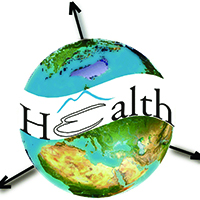Role of transport network accessibility in the spread of COVID-19 - a case study in Savar Upazila, Bangladesh

All claims expressed in this article are solely those of the authors and do not necessarily represent those of their affiliated organizations, or those of the publisher, the editors and the reviewers. Any product that may be evaluated in this article or claim that may be made by its manufacturer is not guaranteed or endorsed by the publisher.
Authors
The aim of this research was to test the hypothesis that people in a typical high-transport zone are particularly vulnerable with respect to transmission of coronavirus disease 2019 (COVID-19), a new contagious disease that has rapidly developed into a highrisk global problem. A case study was carried out in Savar Upazila, a sub-district of the capital city Dhaka in Bangladesh, which is traversed by a prominent national highway (Dhaka- Aricha-N5) that also passes the concentric industrial export processing zone surrounding Dhaka. This municipality is thus part of a high-density transport network with extensive economic activities. COVID-19 data were collected from local records at the Upazila Health Complex, while spatial data of the Savar Upazila, including the pertinent road network, were identified and digitized using geographical information systems software. The presence of COVID-19 in in Savar Upazila was found to be strongly associated with the reach and mechanism of transport networks (Pearson correlation = 0.76 with 99% confidence interval).
How to Cite
PAGEPress has chosen to apply the Creative Commons Attribution NonCommercial 4.0 International License (CC BY-NC 4.0) to all manuscripts to be published.













